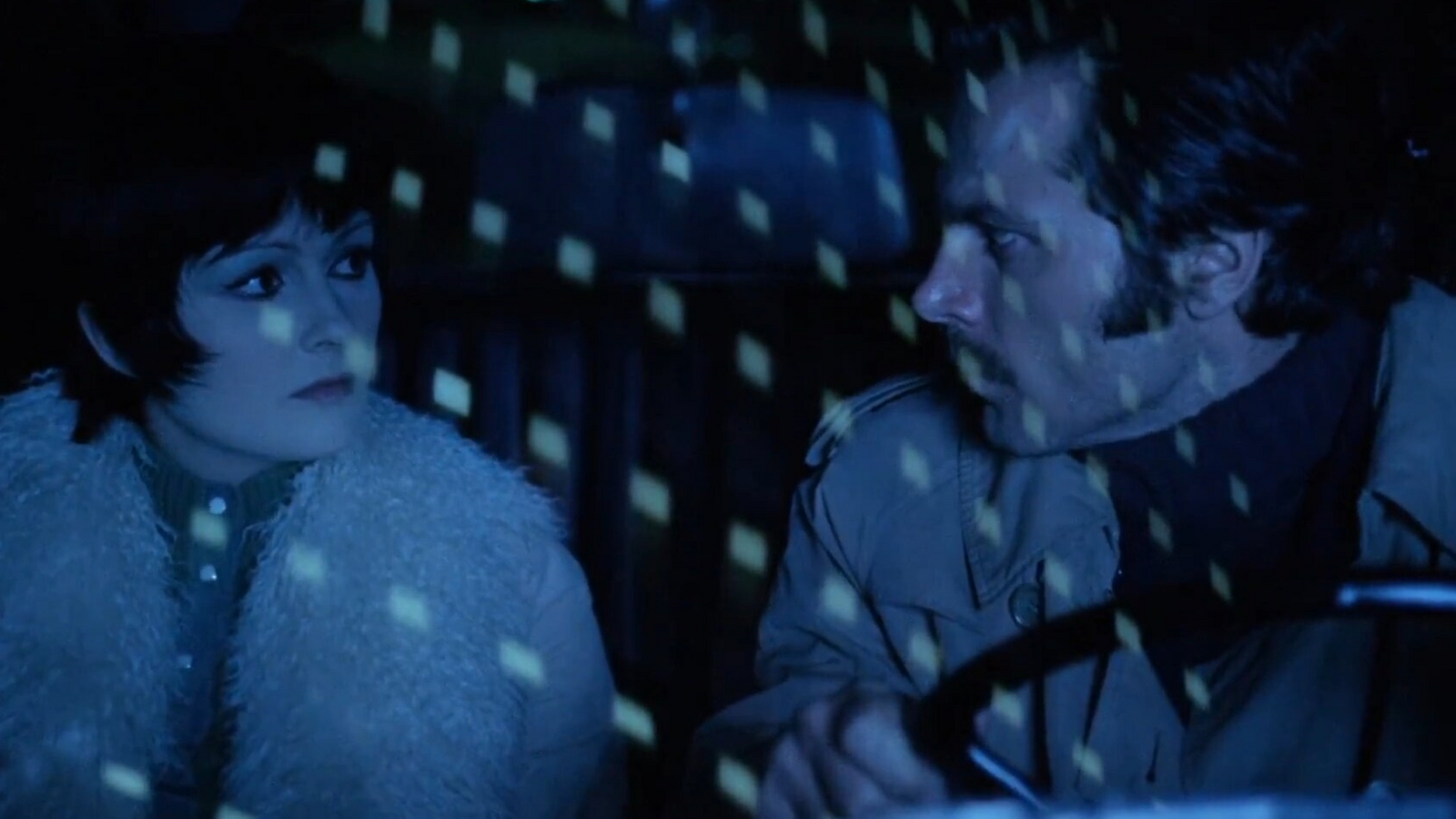Horror is my biggest blind spot. As an easily rattled kid, I never took to it; even today, I start at basic jump scares in films. Body horror and gore don’t faze me, but it’s not like I’m fascinated by them either. Still, in the past few years, I’ve been actively trying to watch more horror. This might be paying off: two of my favourites this year are the dazzling zombie film 28 Years Later and the wacky, eerie Weapons.
Since I have no real grounding in the genre, I’ve played catch-up haphazardly, trying out ghost stories, monster movies, psychological thrillers, creature features. I’ve found myself drawn especially to giallo. This is a strain of slasher film that originated in Italy in the 1960s. These films usually have some or all of the following: hyper-stylised visuals, extreme fetishised violence, a black-gloved killer, elaborate, almost loving murders, and some manner of perversity. As you might imagine, they have a huge cult following, which has resulted in lavish physical media releases for Dario Argento, Mario Bava, Sergio Martino and other major giallo directors.
If you’re just getting into giallo, you could of course start with the film that kicked off the genre, Bava’s Blood and Black Lace (1964), or the most widely known title, Argento’s Suspiria (1977). But I have another recommendation for a gateway giallo, a 1971 thriller called The Fifth Cord. Luigi Bazzoni only made four other films: two spaghetti westerns, a mystery thriller, and a proto-giallo called The Possessed (1965). With The Fifth Cord, he created a work of ravishing beauty—perhaps the most beautiful giallo of all.
Bazzoni’s film is adapted from D.M. Devine’s Scotland-set novel of the same name, which was published in Italy in 1968 under the Il Giallo Mondadori imprint of pulp novels that gave the genre its name (their covers were yellow, or “giallo”). The action is transplanted to an unhappy bourgeoise section of Rome, a milieu familiar to audiences from 1960s arthouse Italian films, especially ones by Michelangelo Antonioni. Crime reporter Andrea Bild (Franco Nero) divides his time between getting blind drunk and pushing his luck (quite successfully) with a series of gorgeous women. His life is complicated when a near-fatal attack in a tunnel —the first of the film’s gorgeous set pieces—kicks off a series of murders, all seemingly executed by the same person who leaves a black glove on the scene. Since all the victims have something to do with him, Andrea becomes a suspect.
In a genre that prizes grisly, inventive kills, The Fifth Cord offers fairly stately deaths. What distinguishes the film instead is the consistently astonishing image-making by Vittorio Storaro, just starting out as cinematographer but already responsible for one classic, Bernardo Bertolucci’s The Conformist (1970). Storaro had shot a giallo the year before—Argento’s debut, The Bird With the Crystal Plumage—but Bazzoni’s cooler, more psychological approach seemed to inspire him even further. The film is one stunning shot after another, bold compositions engineered out of light and shadow, reflection and perspective, controlled bursts of colour, and the expert placement of bodies in relation to their surroundings. Even the exploitation material is done with a flourish: a scene of voyeuristic lovemaking has the look of a shadow puppetry tableau.
The Fifth Cord is uniquely attuned to architecture. The way characters are framed, dwarfed by modern glass-and-concrete buildings, could be out of an Antonioni film of that period (Bazzoni’s earlier thriller, The Possessed, had strong shades of Antonioni too). This looming sense of spatial alienation is reflected in the film’s human relationships—people divorced, estranged, neglected, blackmailed. Even the chic interiors of the house where Andrea’s ex Helena (Silvia Monti) lives seem vaguely menacing. In a brilliant touch, the unhurried closing of remote-controlled window shades feels like the difference between life and death.
The other name apart from Storaro that should draw giallo newbies to this film is Ennio Morricone. The composer was already well-known for his work with Sergio Leone, and had worked with Storaro and Argento on The Bird with the Crystal Plumage. His contributions to The Fifth Cord—Eurochic opening theme, melancholy guitar piece, discordant Hermann-like string arrangement—augment rather than shape the action like in the Dollars trilogy. Often, especially when there’s a kill coming, the soundtrack goes quiet—an indication, perhaps, of Bazzoni’s arty leanings, and something that makes the film feel very modern.
Fans of slashers, Italian or otherwise, might find The Fifth Cord a bit cerebral. Yet, this is what makes the film a perfect gateway giallo, with all the signposts of the genre but without the luridness. You might be drawn to it by Storaro and Morricone, or Franco Nero’s Django films. But once you’re in, it’s hard not to be beguiled.

